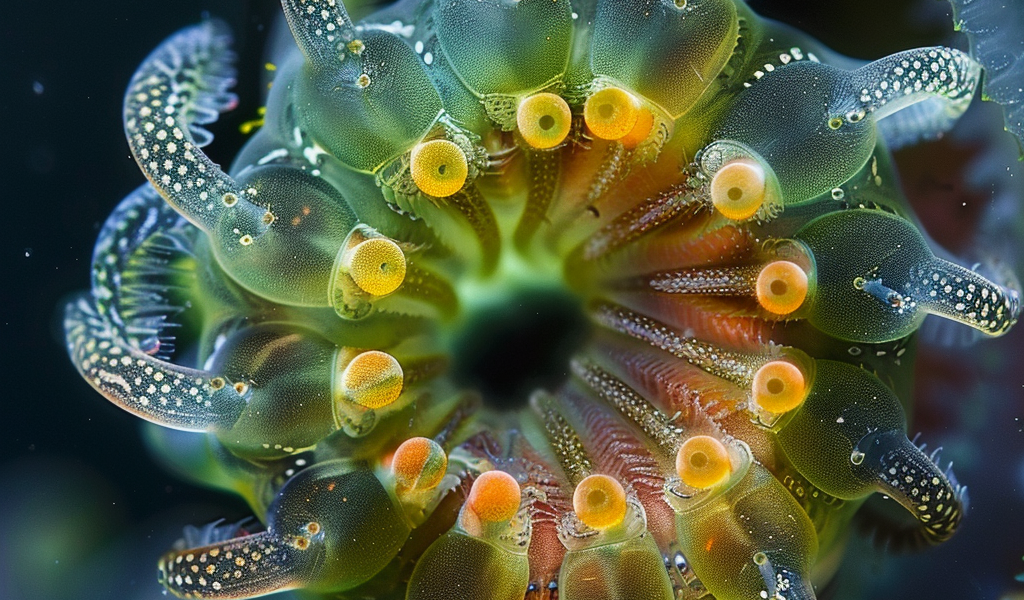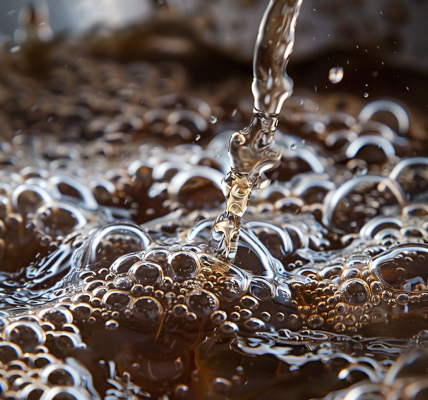Researchers at Stanford University have made a fascinating discovery regarding the genetic control that regenerating worms have over their algal partners. The study, published in Nature Communications, sheds light on the intricate relationship between a unique marine worm species, Convolutriloba longifissura, and the symbiotic algae Tetraselmis that reside within them.
Acoels, the marine worms in question, possess the remarkable ability to regenerate their bodies post-injury. What sets them apart is their symbiotic relationship with photosynthetic algae, forming a holobiont – a collective term for such symbiotic organisms. This relationship is of particular interest to scientists due to the communication mechanisms between an animal and a solar-powered microbe.
Bo Wang, an assistant professor of bioengineering at Stanford, along with researchers from the University of San Francisco, delved into understanding this unique relationship. Their findings reveal that during the regeneration process of C. longifissura, a genetic factor controlling acoel regeneration also influences the behavior of the algae residing within them.
According to Wang, the intricate gene networks connecting these species highlight the complexity of their communication methods, which are still not fully understood. The concept of holobiont is relatively new in scientific research, leaving many questions unanswered regarding the nature of such relationships.
The term ‘acoel,’ derived from Greek meaning ‘no cavity,’ refers to the lack of separation between the inner and outer organs of these worms. Unlike other animals, acoels have all their organs sharing the same space, with some species hosting symbiotic algae that photosynthesize within their bodies.
James Sikes, a researcher at the University of San Francisco and co-senior author of the study, emphasizes the uniqueness of the symbiotic relationship between acoels and algae. Despite the algae not residing within the acoel’s cells but floating around them, there appears to be a form of communication benefiting both parties.
When acoels reproduce asexually, they undergo a fascinating process of self-bisection. The head region develops into a new acoel, while the tail, akin to the Hydra of mythology, regenerates into two new heads, showcasing the remarkable abilities of these organisms.





